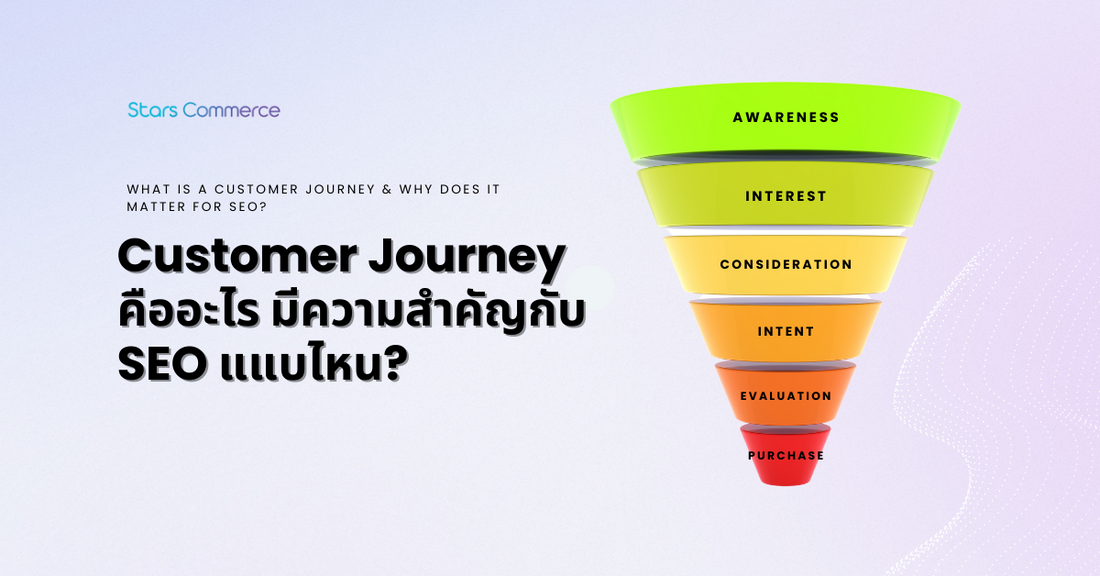What is Customer Journey?
The customer journey refers to the entire process that a potential customer goes through, from the moment they become aware of a problem or need, to the point where they make a purchase decision, and even beyond to post-purchase interactions. It's a multi-step process that typically includes stages like awareness, consideration, and decision-making. Each stage represents a unique set of thoughts, emotions, and actions on the part of the customer.
Why Does the Customer Journey Matter?
Understanding the customer journey is crucial for businesses to tailor their marketing efforts effectively. Here's why it matters so much:
Personalized Approach: By comprehending the various stages of the customer journey, businesses can tailor their content and messaging to address the specific needs and pain points of their audience at each stage. This personalization builds trust and enhances the overall user experience.
Timely Engagement: When you understand where a customer stands in their journey, you can engage with them at the right time with the most relevant information. This ensures that your content is neither too early nor too late in their decision-making process.
Improved Conversions: Meeting your audience with the right content at the right stage can significantly improve your conversion rates. It helps guide them smoothly through the journey, making it more likely they will take the desired action, whether it's signing up for a newsletter or making a purchase.

Brand Loyalty: The journey doesn't end after a purchase. Post-purchase engagement, support, and follow-ups are equally important. A positive experience during this phase can foster brand loyalty and turn customers into advocates.
The Intersection of Customer Journey and SEO:
Now that we understand the significance of the customer journey, let's explore how it intersects with SEO:
Keyword Mapping: By mapping relevant keywords to each stage of the customer journey, you can create content that aligns with user intent. For instance, targeting informative keywords during the awareness stage and transactional keywords during the decision-making stage.
Content Creation: The customer journey informs your content strategy. You can create blog posts, videos, and other content that directly addresses the questions and concerns your audience has at different stages.
User Experience (UX): A seamless customer journey translates to a better user experience. Google takes user experience seriously in its ranking algorithm. If visitors have a positive experience on your site, it's likely to rank higher in search results.
Diverse Content Formats: People consume content in various formats. Some prefer articles, while others like videos or infographics. By diversifying your content, you cater to different preferences at different stages of the journey.
Conclusion
The customer journey isn't just a marketing concept; it's a guiding principle for effective SEO. Businesses that recognize the importance of understanding their audience's journey and aligning their SEO efforts accordingly are poised to succeed in the competitive digital landscape. By optimizing content for every stage of the journey, you're not only boosting your search engine rankings but also building meaningful relationships with your audience.



